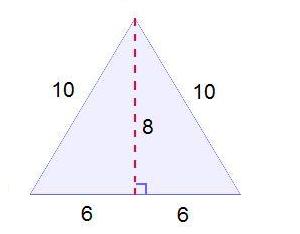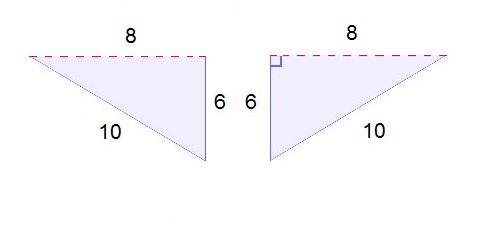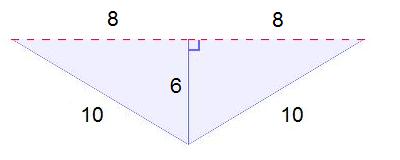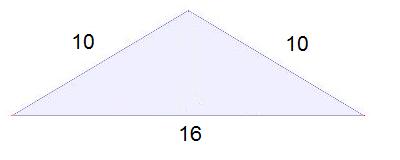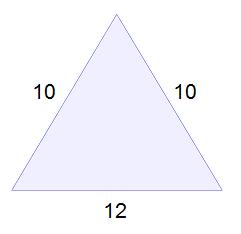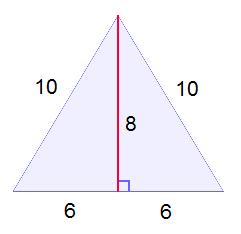In general, it’s unusual for a rectangle to have sides and diagonals whose lengths are all integers (i.e., whole numbers). Consider the following three rectangles, all of width 3:
Looking at the different lengths, we see one place where the diagonal length is an integer, but in the other cases, the diagonal length happens to be a non-terminating, non-repeating decimal (i.e., irrational). Indeed, the diagonal length will be an integer exactly when the length and width are part of a Pythagorean triple, but compared to the alternative, this is uncommon. (While there are infinitely many occurrences of this, we can still meaningfully consider it uncommon).
Now, imagine the situation in three dimensions. A rectangular prism (think of a cardboard box) has 12 sides, 12 face diagonals, and four space diagonals. It would be extremely unusual for all of those 28 lengths to be integers. Even if we didn’t limit ourselves to rectangular prisms, but we allowed for the box to be slanted in all directions (that is, a parallelepiped), it would still be a numerical miracle for all those lengths to be integers.
Well, meet the perfect parallelepiped!
This was discovered by a couple of mathematicians at Lafayette College in Pennsylvania, using brute-force computer trials. It looks like they found some others, too. So thank you, Clifford Reiter and Jorge Sawyer, for giving me an extra credit problem for my next exam!
Related Posts




